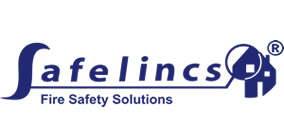Detect the Presence of Carbon Monoxide
Carbon monoxide is completely invisible and undetectable to human senses. It has no colour, smell or taste and because the symptoms of carbon monoxide poisoning can be easily mistaken for the flu it is extremely dangerous and hard to recognise. An audible CO detector is the only certified way to detect carbon monoxide and keep yourself and your family safe.
How to Choose a CO Detector
Carbon monoxide alarms are available in many different shapes, sizes and variations and buying one can sometimes be confusing. We have put together a buying guide to show you the features you should be looking for when buying a carbon monoxide detector.
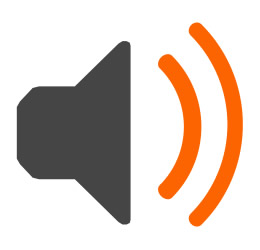
Audible Alarm
Always buy a CO detector with a loud 85dB audible alarm that can alert you to the presence of carbon monoxide.

Certification
Make sure your CO detector complies with BS EN 50291 and carries a British kitemark or European approval mark.

Warranty
Look out for carbon monoxide detectors that are supplied with a 5, 7 or 10 year manufacturer's warranty.
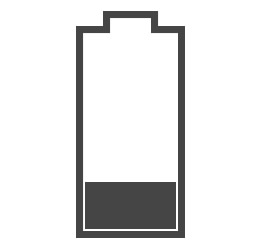
Low-Battery Warning
Choose an alarm that has a low battery warning. This will give you an audible signal when you need to replace your batteries.
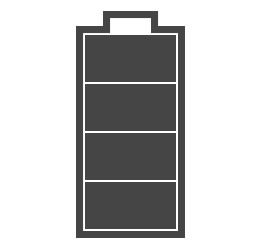
Sealed Lithium Battery
CO alarms with sealed lithium batteries provide additional peace of mind that your unit will be powered for its entire life.
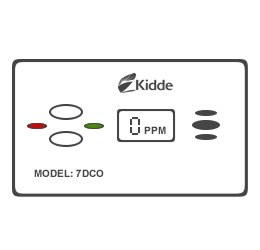
Digital Display
A digital display alarm can give you an early visual warning if the level of carbon monoxide is creeping up.
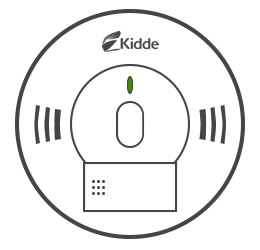
Dual Sensor
If you want to have a single unit that can detect smoke and carbon monoxide, combined alarms are available.

Trusthworthy Supplier
Always buy your alarm from a trusted supplier and be aware of alarms that do not comply with European standards.
Where to Buy Carbon Monoxide Detectors
You can buy a carbon monoxide detector that complies with the BS EN 50291 and carries a kitemark or European approval mark for around £10.00. You can usually find alarms in your local DIY store or supermarket but we have compiled a list of trusted online retailers below:
Where to Place Carbon Monoxide Detectors
Carbon monoxide alarms should be installed in all rooms that have fuel burning appliances and can be wall or ceiling mounted at a horizontal distance of between 1m and 3m from the appliance. Ideally you should have an alarm on each floor of your property and additional alarms should be located in bedrooms.
Don't place CO alarms above windows or radiators; the natural air flow can interfere with the alarms ability to detect carbon monoxide.

Essential CO Alarm Cover
You should have an audible carbon monoxide alarm installed in any room that has a fuel burning appliance, especially areas such as:
- Kitchens with fuel burning cookers and boilers
- Living rooms with fuel burning fires
- Dining rooms with fuel burning fires
Additional Cover
We recommend installing additional carbon monoxide alarms in common areas and areas that are close to fuel burning appliances such as:
- Bedrooms - at the height of the sleeping occupant
- Hallways and landings
(doc:545 V1.0). Our articles are reviewed regularly. However, any changes made to standards or legislation following the review date will not have been considered. Please note that we provide abridged, easy-to-understand guidance. To make detailed decisions about your fire safety provisions, you might require further advice or need to consult the full standards and legislation.
